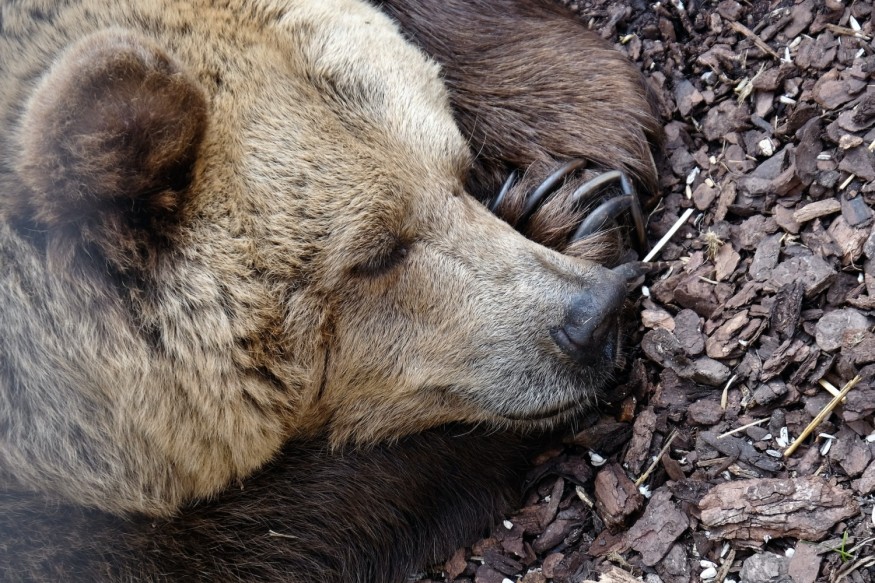Animal hibernation is a biological feature possessed by some mammals, as well as amphibians, reptiles, insects, and even at least one fish and bird species.
In the Animal Kingdom, hibernation is a form of adaptation not against natural predators but rather to the harsh winter conditions that occur across Earth's Northern Hemisphere in December and Southern Hemisphere in June.
However, not all regions of the world experience freezing or sub-freezing temperatures during winter.
In the field of Biology, the question of what animals hibernate has often been asked, and some animal species that are capable of hibernation range from bears to other wild animals.
Since hibernation is an extended form of torpor, not sleep, hibernating animals slow their heart rate and metabolism to save energy and survive until winter has passed.
Animal Hibernation and Torpor

Minimal eating, less movement, and low body functions are what best describe animal hibernation, which experts clarified is not a state of sleep but rather an extended form of torpor, which allows animals to survive for a prolonged period by temporarily decreasing their metabolic rate to conserve energy.
This means that hibernation and sleeping are completely different from each other, opposing previous thoughts that hibernating animals sleep their way until winter is over.
In relation to animal hibernation, torpor is a state of mental and motor inactivity characterized by lowered body temperature and metabolic activity, as mentioned earlier.
In a study published in the journal Nature Metabolism earlier this year, scientists found that the energy-conserving state of torpor can be activated and mimicked in mice for more than 24 hours.
However, torpor-driven hibernation is a league on its own since this physiological state, especially with mammals, can last for weeks and months that allow animal hibernators to survive cold temperatures and lack of natural food resources during winter.
What Animals Hibernate?
Aside from bears, which are the most well-known practitioners of hibernation, below are some animal species that can enter the state of true hibernation naturally without relying on deep sleep:
- Bats
- Bumblebees
- Chipmunks
- Common poorwill
- Ground squirrels
- Fat-tailed dwarf lemurs
- Deer mice
- Groundhogs
- Hedgehogs
- Ladybugs
- Land snails
- Marmots
- Prairie dogs
- Raccoons
- Skunks
- Woodchucks
- Box turtles
- Wood frogs
- Snakes
- Edible dormice
Is Human Hibernation Possible?
Fascinating as it seems the idea of human hibernation is still far from reality but some biology experts assert that it is possible.
However, the world's health authorities asserted that there is no evidence supporting the notion of human hibernation, or at least notion that people can go into such state by natural voluntary means.
Nevertheless, a 2020 study published in the journal L'Anthropologie, showed that scientists found fossil evidence in Spain that would suggest that early humans approximately 500,000 years ago may have been capable of hibernation to survive the harsh winter weather hazards during that time.
Still, current data in modern times debunks the myth that humans can hibernate, or that space machines can allow individuals to enter a state of hypersleep.
Related Article : Biologists Confirm Animals Employ Multiple Cold-Survival Strategies
© 2025 NatureWorldNews.com All rights reserved. Do not reproduce without permission.





